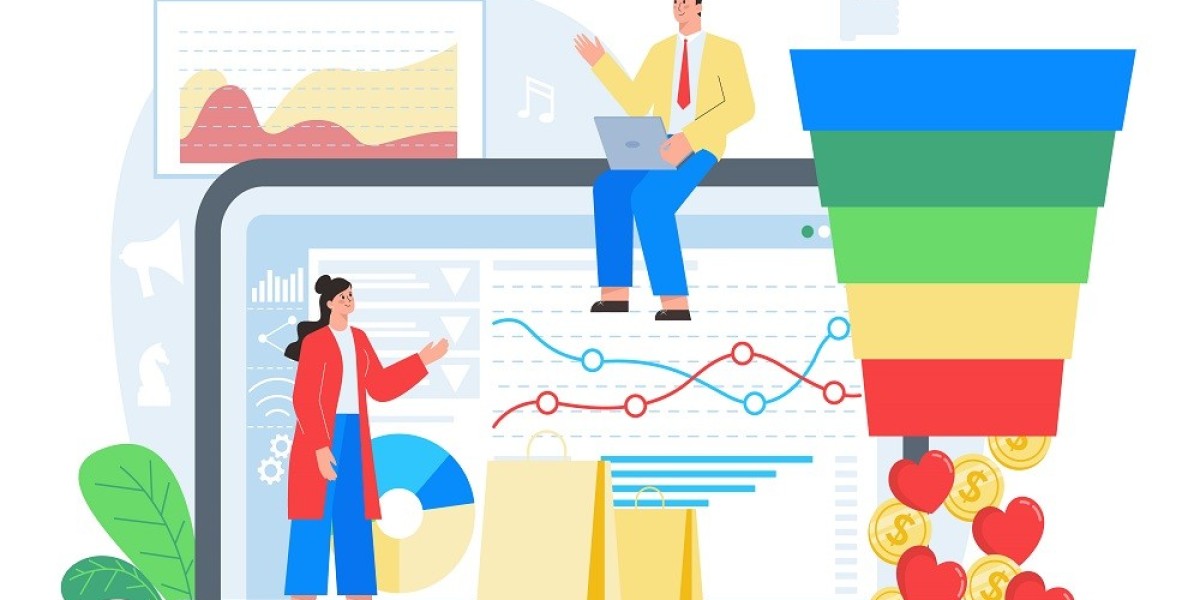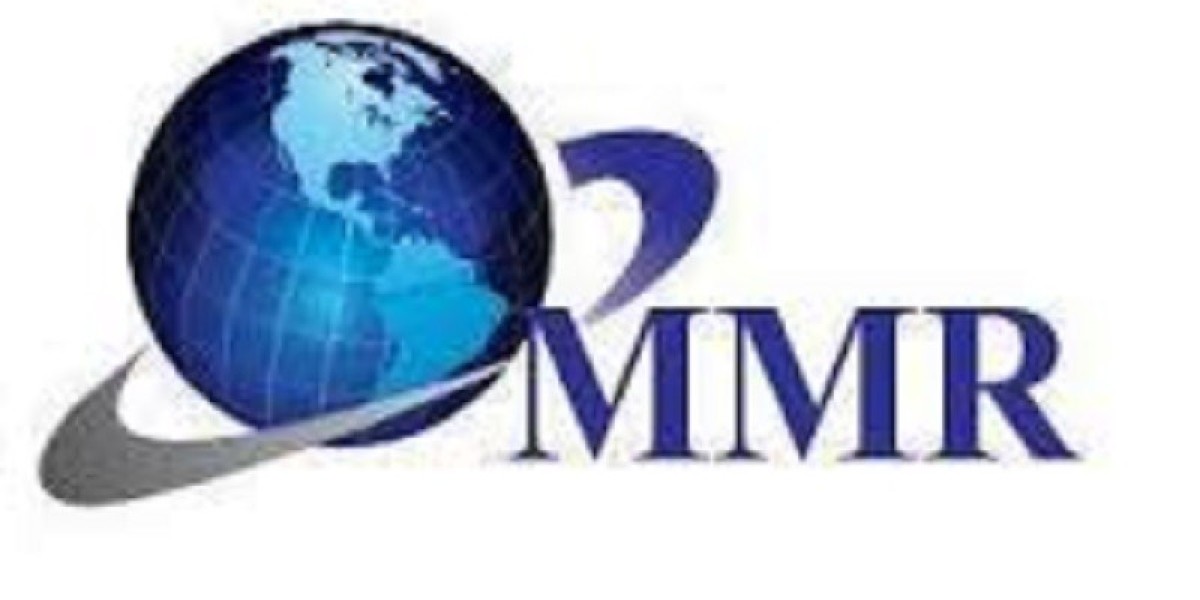In today’s rapidly evolving business landscape, supply chain management has become more complex and challenging. One of the most effective ways to stay ahead of the curve is through accurate demand forecasting. By predicting future customer demand, businesses can optimize their inventory, reduce costs, and enhance customer satisfaction. But how exactly do you implement a demand forecasting tool in your supply chain? Let’s dive into the details.
What is Demand Forecasting?
Demand forecasting is the process of predicting future customer demand for a product or service based on historical data, market trends, and other influencing factors. This enables businesses to make informed decisions about inventory levels, production schedules, and supply chain management.
Definition and Overview
At its core, demand forecasting involves analyzing past sales data and market trends to predict future demand. This helps businesses to anticipate customer needs and plan their operations accordingly.
Types of Demand Forecasting
There are several types of demand forecasting, including:
- Short-term forecasting: Focuses on predicting demand for a few weeks to a few months.
- Medium-term forecasting: Look at demand predictions for several months to a couple of years.
- Long-term forecasting: This involves forecasting demand for several years into the future.
Why is Demand Forecasting Important in Supply Chain Planning?
Demand forecasting plays a crucial role in supply chain planning. Here’s why:
Enhancing Efficiency
Accurate demand forecasting helps businesses streamline their operations, ensuring that they have the right amount of stock at the right time. This minimizes stockouts and overstock situations, leading to more efficient supply chain management.
Reducing Costs
By predicting demand accurately, businesses can avoid the costs associated with excess inventory and emergency restocking. This leads to significant cost savings.
Improving Customer Satisfaction
When businesses can meet customer demand promptly and efficiently, it enhances customer satisfaction and loyalty. Accurate demand forecasting ensures that customers get what they want when they want it.
Five Trends Impacting Supply Chains in 2024
The supply chain landscape is continuously evolving. Here are five trends impacting supply chains in 2024:
Increased Digitalization
Digital transformation is revolutionizing supply chains. From blockchain to IoT, digital technologies are enhancing transparency, efficiency, and security.
Rise of E-commerce
The surge in e-commerce has changed the dynamics of supply chains. Businesses must adapt to faster delivery times and higher customer expectations.
Sustainability and Green Logistics
Consumers are increasingly demanding sustainable practices. Green logistics, which focuses on reducing carbon footprints, is becoming a priority.
Supply Chain Resilience
Recent global events have highlighted the need for resilient supply chains. Businesses are focusing on building flexibility and robustness to withstand disruptions.
Advanced Analytics and AI
Advanced analytics and AI are providing deeper insights and predictive capabilities, enabling more accurate demand forecasting and better decision-making.
What Supply Chain KPIs Inform Demand Forecasting?
Key Performance Indicators (KPIs) are critical for evaluating and improving demand forecasting accuracy. Here are some essential KPIs:
Inventory Turnover
This KPI measures how often inventory is sold and replaced over a period. High turnover indicates efficient inventory management.
Order Fulfillment Rate
This KPI shows the percentage of customer orders that are completed without stockouts or delays. A high rate indicates effective demand forecasting.
Lead Time
Lead time measures the time taken from placing an order to receiving it. Reducing lead time improves responsiveness to demand changes.
Forecast Accuracy
This KPI measures the accuracy of demand forecasts compared to actual sales. Higher accuracy leads to better inventory management.
Customer Satisfaction Score
This KPI gauges customer satisfaction levels. High satisfaction indicates that demand forecasting is effectively meeting customer needs.
Supply Chain Demand Forecasting Techniques
There are several techniques used in demand forecasting, categorized into qualitative and quantitative methods.
Qualitative Techniques
- Market Research: Gathering data directly from consumers to predict demand.
- Expert Opinion: Leveraging the insights of experienced professionals to forecast demand.
Quantitative Techniques
- Time Series Analysis: Using historical data to predict future demand based on identified patterns.
- Regression Analysis: Examining the relationship between variables to forecast demand.
- Econometric Models: Combining economic theories with statistical methods to predict demand.
How to Improve Supply Chain Demand Forecasting
Improving demand forecasting is crucial for efficient supply chain management. Here are some strategies:
1. Utilize Advanced Analytics and Technology
Big Data Analytics: Leveraging big data allows companies to analyze large volumes of data from various sources. This helps in identifying patterns and trends that traditional methods might overlook.
Machine Learning: Machine learning algorithms can improve forecast accuracy by learning from historical data and identifying complex patterns. These algorithms can adapt to changes in demand and provide more reliable predictions.
Cloud Computing: Cloud-based solutions offer scalable and flexible platforms for data storage and analysis. They enable real-time data processing, which is essential for accurate forecasting.
2. Integrate Data from Multiple Sources
Internal Data: Utilize data from sales, inventory, and customer service departments. This includes historical sales data, inventory levels, and customer feedback.
External Data: Incorporate external factors such as market trends, economic indicators, and competitor actions. This provides a holistic view of the market environment and helps in making more informed forecasts.
3. Collaborate Across the Supply Chain
Supplier Collaboration: Share demand forecasts with suppliers to ensure they can meet your production needs. This collaboration helps in reducing lead times and improving supply chain responsiveness.
Customer Collaboration: Engage with customers to understand their future needs and preferences. This can be done through surveys, feedback forms, and direct communication.
4. Implement Demand Sensing and Shaping Techniques
Demand Sensing: Use real-time data to detect changes in demand patterns. This involves analyzing current sales data and other relevant information to make immediate adjustments.
Demand Shaping: Influence customer demand through marketing and promotional activities. For example, running targeted promotions during low-demand periods can help in balancing demand.
5. Improve Inventory Management
Safety Stock: Maintain appropriate levels of safety stock to buffer against demand variability. This ensures that you can meet customer demands even during unexpected surges.
Inventory Optimization: Use inventory optimization techniques to determine the optimal inventory levels. This involves balancing the costs of holding inventory with the service level requirements.
Choosing the Right Demand Forecasting Tool
When selecting a demand forecasting tool, consider the following factors:
1. Assess Your Business Needs
Understand Your Industry Requirements
Different industries have unique demand forecasting needs. For instance, a retail business might need a tool that can handle high seasonal variability, while a manufacturing company might require robust inventory management features.
Identify Key Features
Make a list of essential features your business requires. This could include:
- Real-time data processing
- Integration with existing systems (ERP, CRM)
- Advanced analytics and machine learning capabilities
- User-friendly interface
- Scalability
Define Your Budget
Determine how much you are willing to invest in a forecasting tool. Keep in mind that while some tools might have a higher upfront cost, they could save money in the long run through improved efficiency and accuracy.
2. Evaluate Software Options
Research Available Tools
Conduct thorough research to identify potential demand forecasting tools. Look for reviews, case studies, and testimonials to understand how each tool performs in real-world scenarios.
Request Demos and Trials
Many software providers offer demos or free trials. Take advantage of these opportunities to see the tool in action. Evaluate its ease of use, accuracy, and how well it integrates with your existing systems.
Compare Features and Capabilities
Create a comparison chart to evaluate how each tool measures up against your list of required features. Consider factors like:
- Data Integration: Ability to integrate with various data sources.
- Customization: Flexibility to adapt to your specific business needs.
- User Support: Availability of customer support and training resources.
3. Consider Advanced Capabilities
Machine Learning and AI
Modern demand forecasting tools often leverage machine learning and AI to provide more accurate predictions. These technologies can analyze complex data patterns and improve forecast accuracy over time.
Cloud-Based Solutions
Cloud-based tools offer flexibility, scalability, and ease of access. They enable real-time data processing and collaboration, making them ideal for businesses with multiple locations or remote teams.
Predictive Analytics
Tools with predictive analytics can provide insights into future trends and help you make proactive decisions. This feature is particularly useful for businesses operating in dynamic and fast-changing markets.
4. Check Integration and Compatibility
ERP and CRM Integration
Ensure the tool can seamlessly integrate with your existing ERP and CRM systems. This will facilitate smooth data flow and improve overall efficiency.
Data Sources
Verify that the tool can pull data from all necessary sources, including sales, inventory, customer feedback, and external market data. Comprehensive data integration is key to accurate demand forecasting.
5. Evaluate Vendor Support and Training
Customer Support
Check the availability and quality of customer support provided by the vendor. Reliable support is essential for troubleshooting and ensuring smooth operation.
Training and Resources
Look for vendors that offer training sessions, tutorials, and comprehensive documentation. Proper training ensures your team can effectively use the tool and maximize its benefits.
Community and Forums
Some tools have active user communities and forums where you can seek advice, share experiences, and learn best practices. Being part of such a community can be valuable for continuous learning and improvement.
Common Challenges in Implementing Demand Forecasting Tools
Implementing a demand forecasting tool can be challenging. Here are some common obstacles:
Data Quality Issues
Inaccurate or incomplete data can lead to poor forecasting outcomes. Ensure data quality from the start.
Resistance to Change
Some team members may resist adopting new tools. Address their concerns and provide adequate training and support.
Integration with Existing Systems
Integrating the new tool with existing systems can be complex. Plan for seamless integration from the beginning.
Ensuring User Adoption
Encourage user adoption by demonstrating the tool’s benefits and providing comprehensive training.
Conclusion
Implementing a demand forecasting tool in your supply chain can significantly enhance efficiency, reduce costs, and improve customer satisfaction. By following the steps outlined in this guide and leveraging best practices, you can ensure a successful implementation that delivers lasting benefits.
For businesses looking for a cutting-edge solution, thouSense stands out as a leading demand forecasting tool. With its advanced AI-driven analytics, real-time data processing, and user-friendly interface, thouSense offers unparalleled accuracy and insights. Whether you're a small business or a large enterprise, thouSense provides the scalability and flexibility needed to optimize your supply chain operations. Trust thouSense to transform your demand forecasting capabilities and drive your business toward greater success.
FAQs
- What are the main benefits of using a demand forecasting tool?
Using a demand forecasting tool helps businesses optimize inventory, reduce costs, and improve customer satisfaction by accurately predicting future demand.
- How long does it take to implement a demand forecasting tool?
The implementation time varies depending on the complexity of the tool and the readiness of your organization but typically ranges from a few weeks to several months.
- Can small businesses benefit from demand forecasting tools?
Absolutely! Demand forecasting tools can help small businesses manage inventory more efficiently, reduce costs, and improve customer service.
- What are some popular demand forecasting tools available in the market?
Popular demand forecasting tools include SAP IBP, Oracle Demantra, and Microsoft Dynamics 365.
- How often should demand forecasts be updated?
Demand forecasts should be updated regularly, ideally on a monthly basis, to ensure they reflect the latest market trends and sales data.
Explore our AI-based SaaS platform to predict sales volume and demand trends. To know more, visit: https://thousense.ai/pricing
Source: https://bresdel.com/blogs/615542/How-to-Implement-a-Demand-Forecasting-Tool-in-Your-Supply








